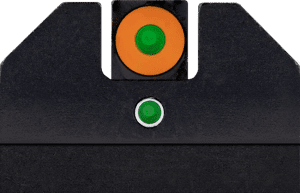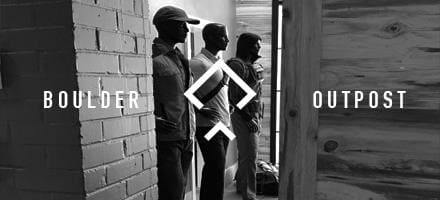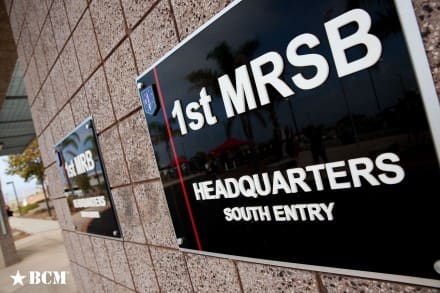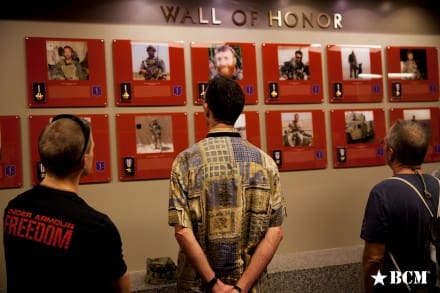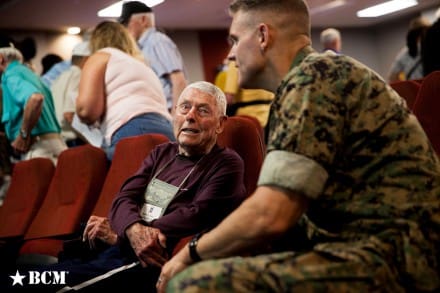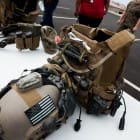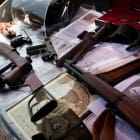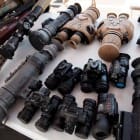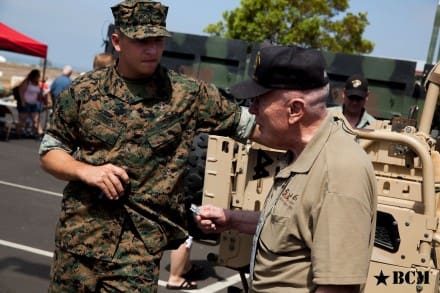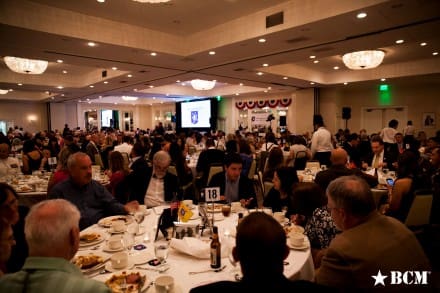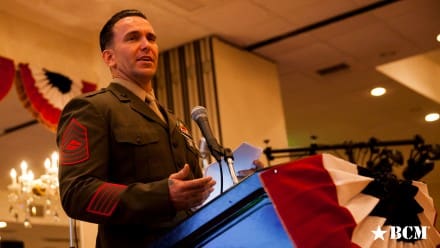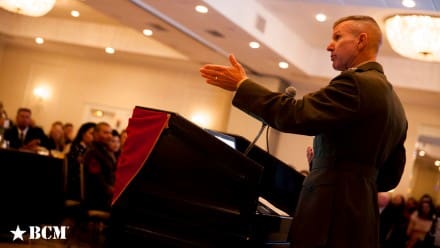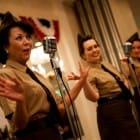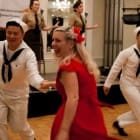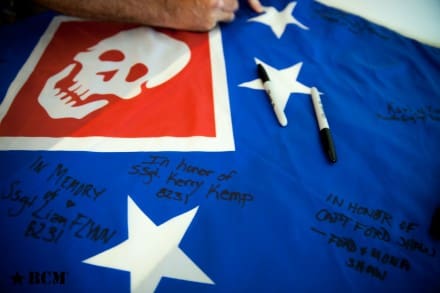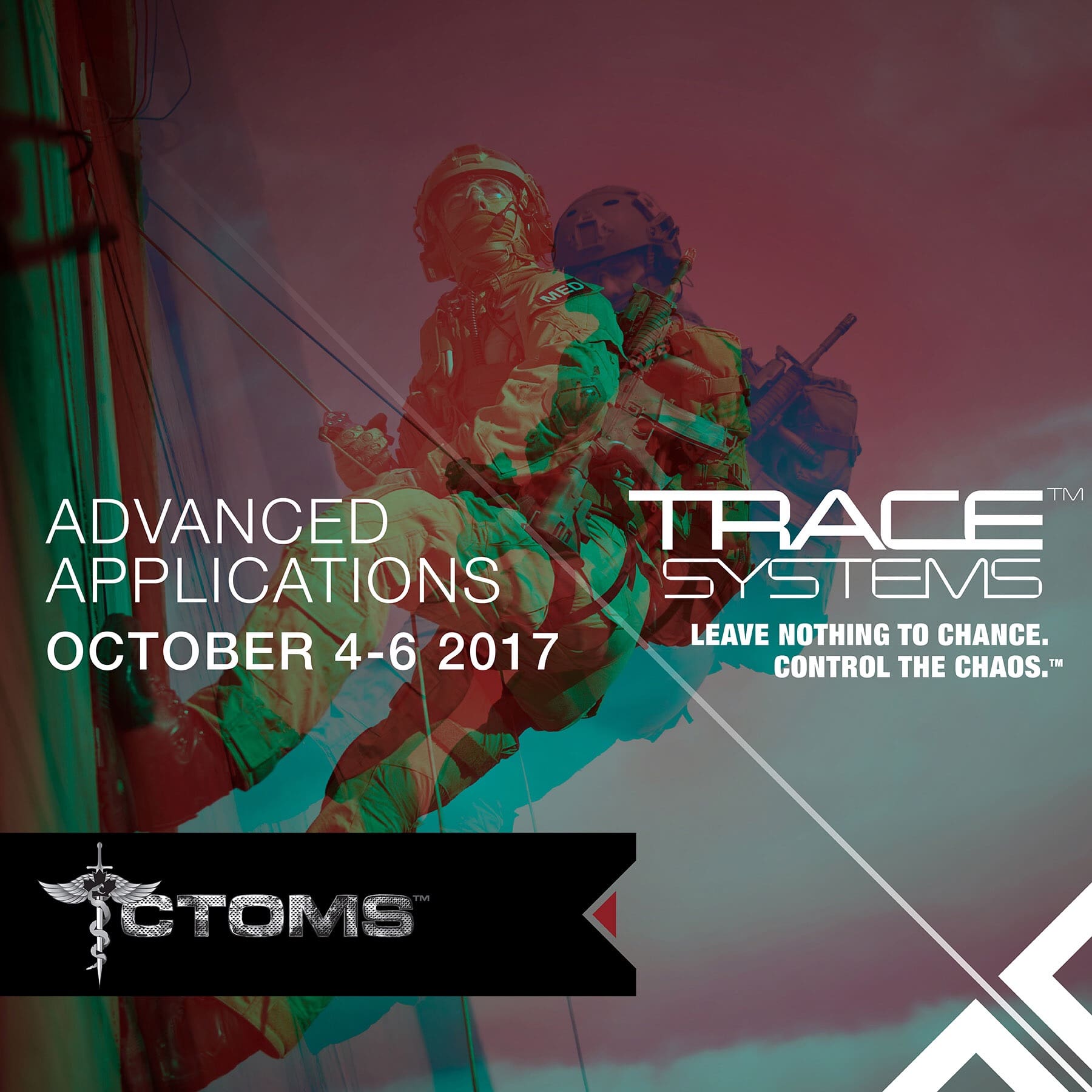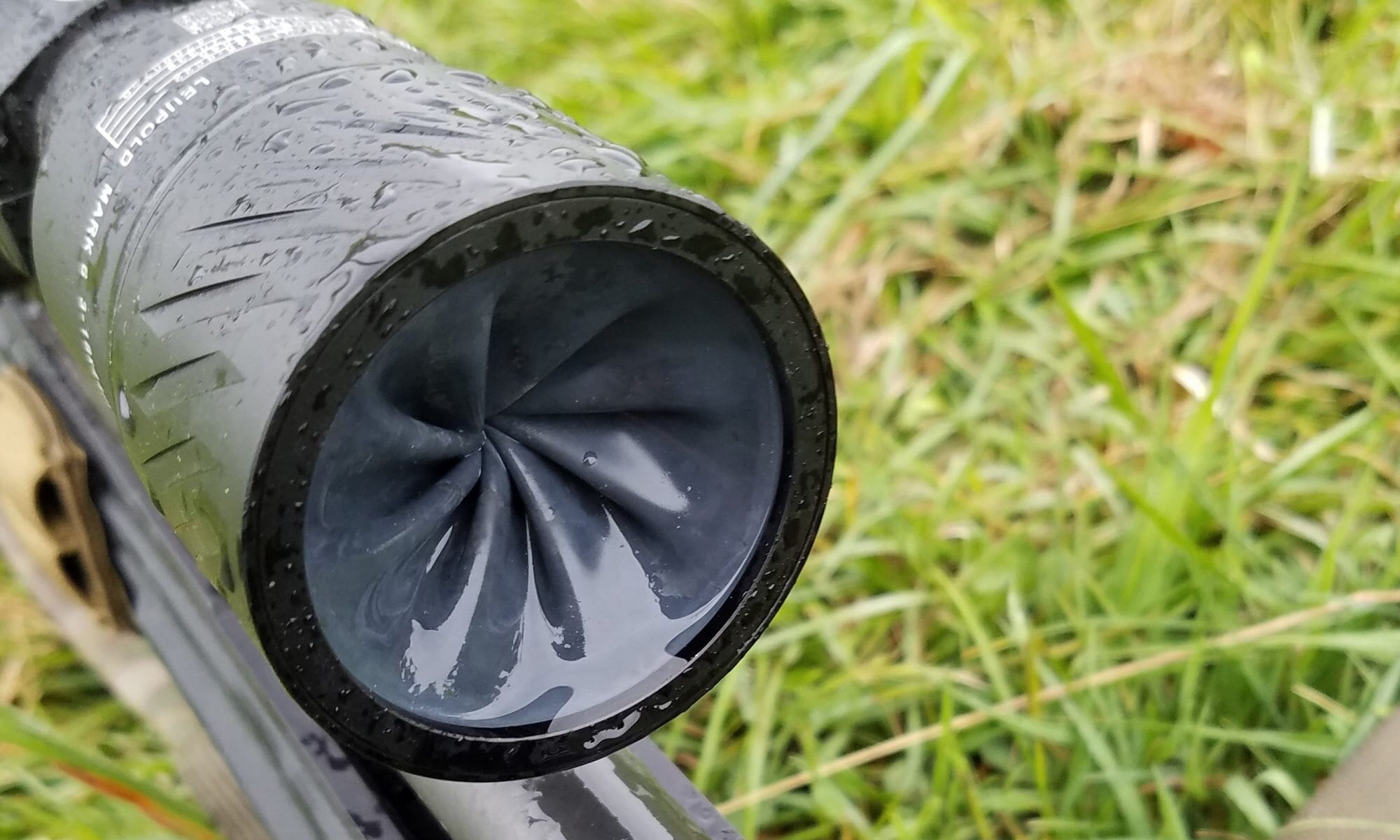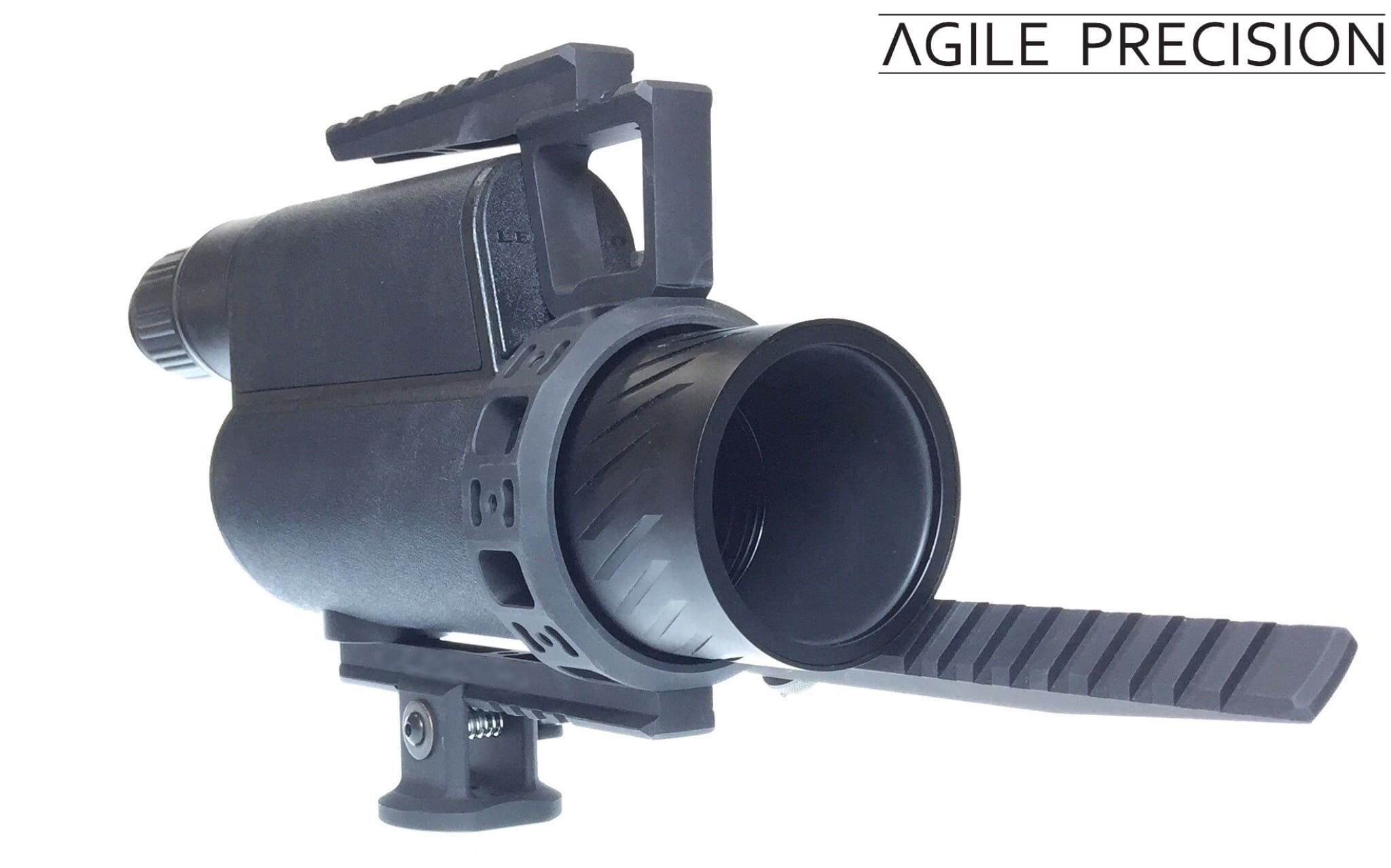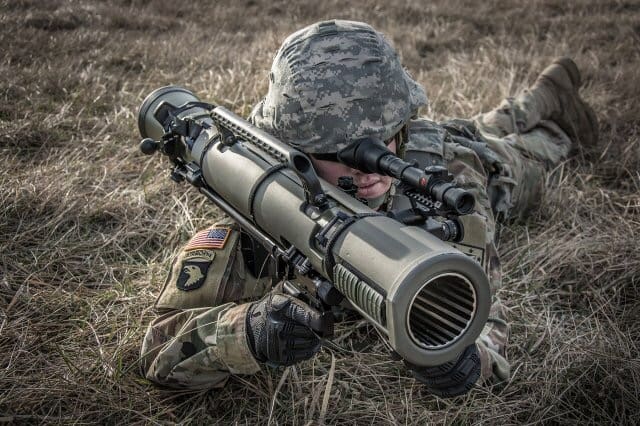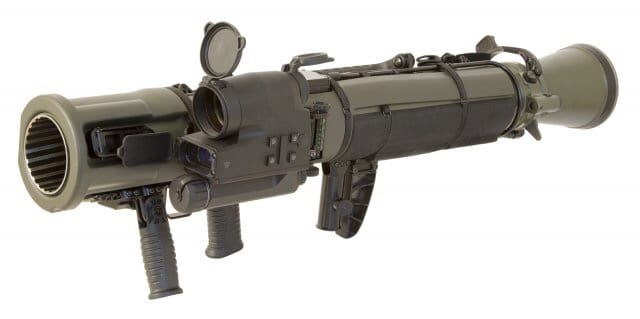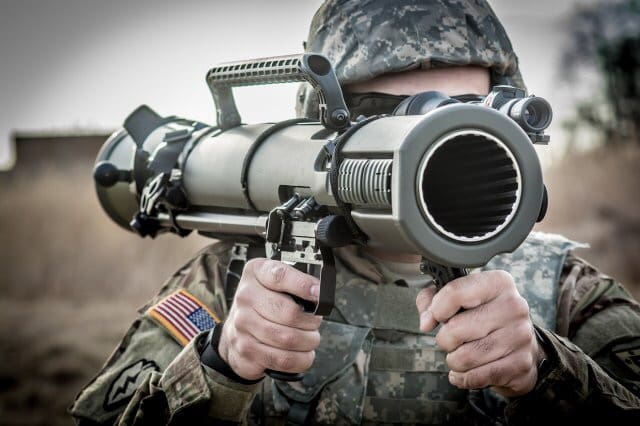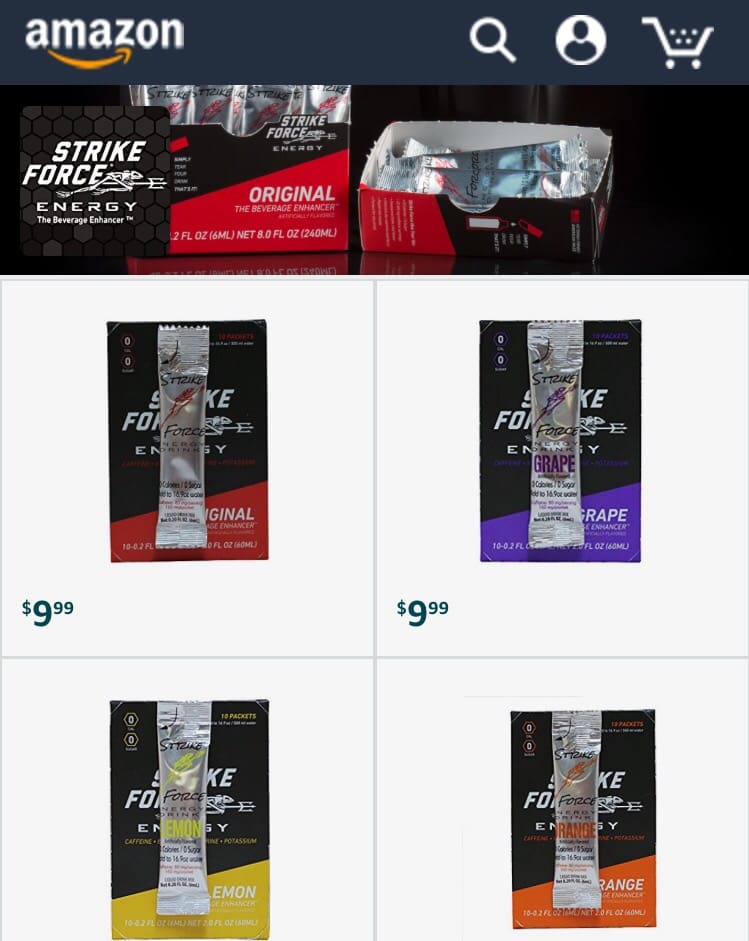Fort Worth, TX (September 6, 2017) – XS Sights is pleased to introduce the F8 Night Sights – its newest high-visibility personal defense sights for fast target acquisition in all light conditions. Featuring a figure-eight, inline sight picture for an easy two-point alignment, the F8 sights are designed to instantly increase front sight focus thanks to the large (0.160” wide) high-contrast front sight with a photoluminescent orange colored ring surrounding the tritium. This proprietary, durable XS Orange paint is formulated with a focus on yellow, one of the most visible colors in low light, making it easier to see in rapidly changing light conditions.
Another significant advantage of the F8 Night Sights is the ability of the XS Orange ring to absorb ambient light. This allows it to glow in low light levels, aiding shooters in finding the front sight before the tritium becomes visible. The F8 sight is also easily visible in daylight.
The wide notch rear sight is designed to increase the visibility of the front sight by allowing more light around the sides of the front sight. This expanded sight gap helps shooters find the front sight faster when drawing from a holster and shooting on the move. The tritium vial on the rear sight enables quick and easy alignment with the front sight in various light conditions while the chamfered notch eliminates the bottom edges of the sight, drawing focus to the top edges of the sight for proper alignment. The overhung rear sight reduces glare in bright daylight for greater sight definition, and its angled ledge aids in one-handed slide manipulations in emergency situations.
“Night sights don’t just need to glow in the dark, they need to be visible at all times,” said Zack Kinsley, marketing manager for XS Sights. “Gun fights don’t happen in perfect light or complete darkness. They happen in-between these two broad spectrums, and our F8 Night Sights are optimized for fast and accurate target acquisition in varying light conditions. In a defensive shooting situation, this can make all the difference for law enforcement and civilians alike.”
The F8 Night Sights are backed by a 10-year, ‘no questions asked’ warranty. After 10 years, XS will replace the sight at a discounted price.
XS F8 Night Sights will be available for order for the following pistol models at NASGW in October. More pistol models will come in the months ahead.
Glock 17, 19, 20, 21, 26, 27, 30, 34, 40, 41, 42, 43
Sig Sauer – 9mm and .40 S&W in P226, P229, P320 and other original P series pistols
S&W M&P Full Size, Compact and S&W M&P Shield
Springfield XD, XDS, XDM, and XDE
FNH FN509
MSRP: $184.99
For more information, visit www.xssights.com.


